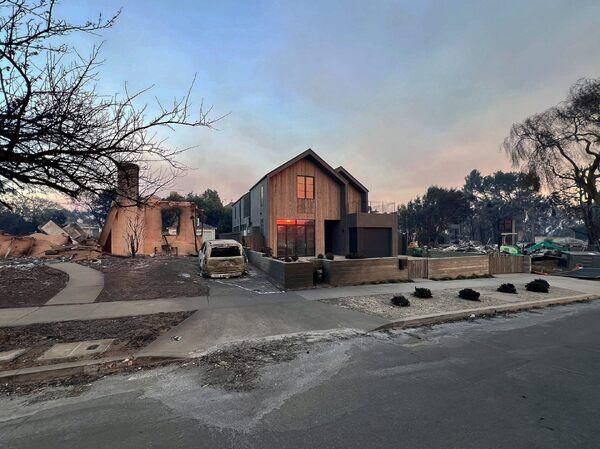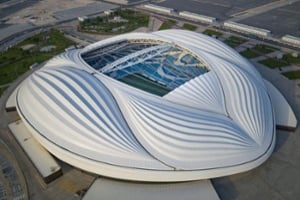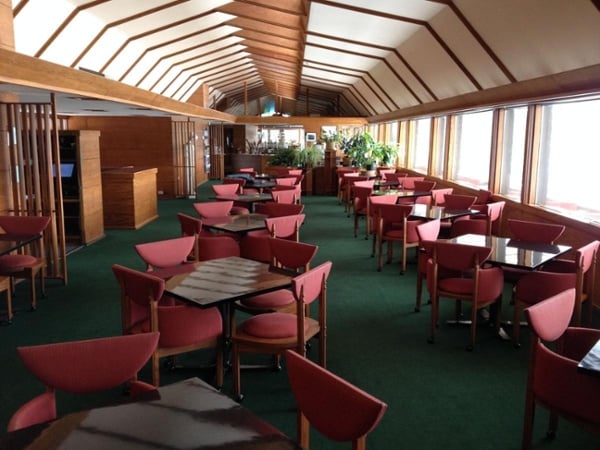David Childs, the lead architect of the One World Trade Center skyscraper that rose from the site where the Twin Towers collapsed in New York City during the 9/11 attacks, has died. He was 83.
Childs died on Wednesday in Pelham, New York, from Lewy body dementia, which had been diagnosed in September, his son, Nicholas Childs said.
While he was perhaps best known for his work on One World Trade Center, considered to be the tallest building in the Western Hemisphere, Childs also was instrumental in other important projects, including a new master plan for the National Mall in Washington, D.C., an expansion of Dulles International Airport in Virginia and the 7 World Trade Center building in Manhattan, according to his firm, Skidmore, Owings & Merrill.
“David’s contribution to the firm was extensive and profound, and we will always be grateful to David for his leadership, his impact, and his friendship,” Skidmore, Owings & Merrill said in a statement. “We will miss him dearly and extend our condolences and deepest sympathies to his family.”
A fond memory that Nicholas Childs has was when his father drew a rendering of what the One World Trade Center property would look like while they were out having lunch in New York, some years after 9/11 but well before the plans were finalized.
“He picked up a paper napkin, took out a pen, and drew what became the ultimate design of the building on the napkin for me,” Nicholas Childs said in a phone interview Friday, adding that he still has the drawing.
He said his father was a civic-minded architect who would often use a quote by 20th century American-German architect Ludwig Mies van der Rohe — “God is in the details.”
“He cared deeply about those details and making something beautiful,” Nicholas Childs said. “But he also wanted to..Read More








